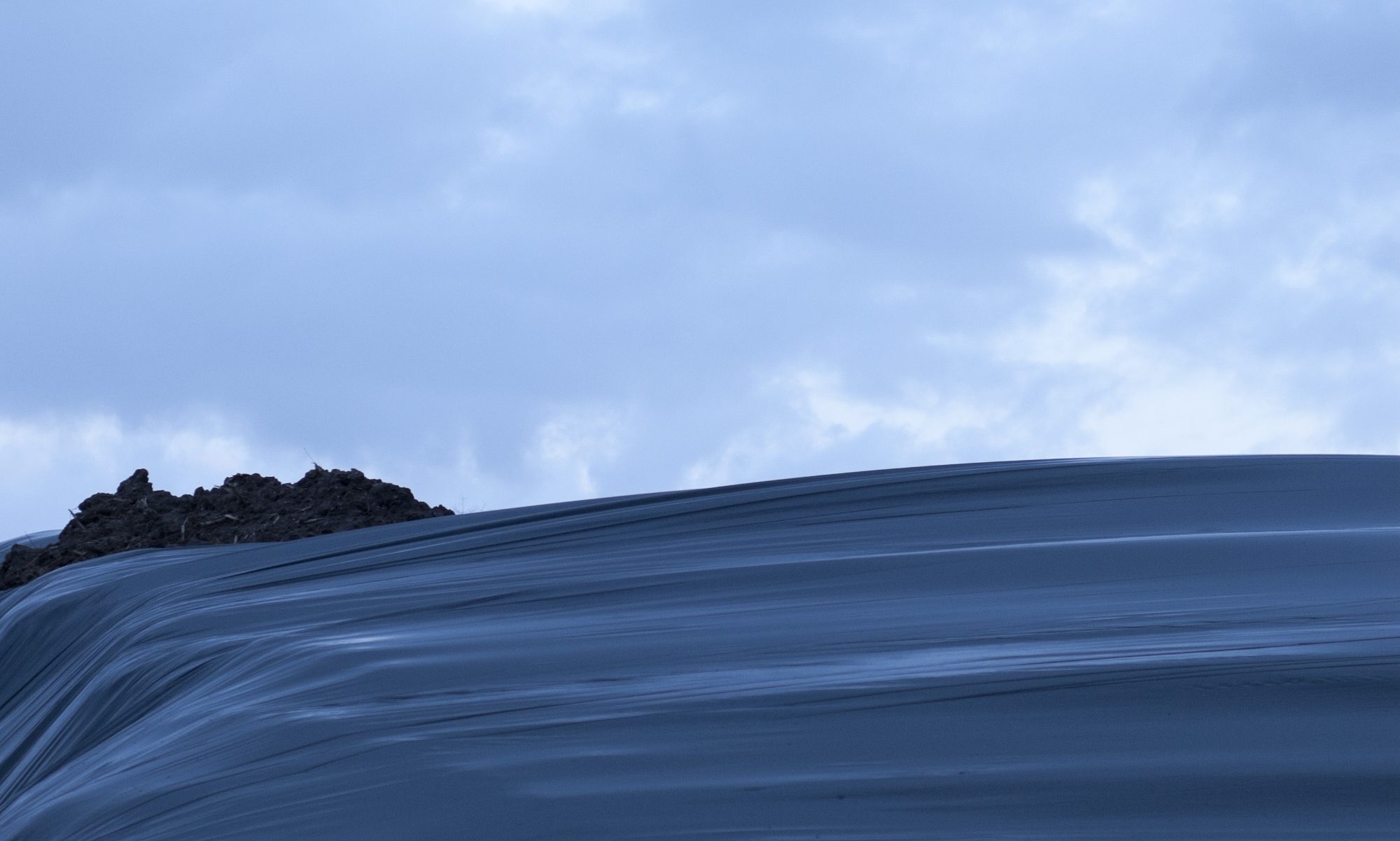mono land form
Caroline Heinzel | 2018
Since the 1990s, the North-East of Germany has seen broad economic transformations emphasising a specific history of land management. Industrialised agriculture, based upon GDR field structures, has intensified in the past 30 years, shaping landscapes, habitats and cultural relationships. The interactive installation relates to a specific rural area in Mecklenburg-West Pomerania through current photographs, on-site sound recordings and historical cartography. While low and repetitive calls of bombina bombina, the domestic but endangered fire-bellied toad, weave the tonal atmosphere (cf. mono land gang), a map for field management, used by the local GDR agricultural production cooperative, documents human relationship to land. The map is rich in cultural reference represented in a variety of field names, and, as a document for exclusive use of the cooperative, supplies political context.
Just as landscape perception draws on all senses rather then on visual perception alone, this object installation initiates visual, tactile, cognitive and social interaction. Working through a memory game with hard-to-track images of uniform landscapes, recipients get involved into discourse about orientation and identification with landscape and habitat.
Zur deutsch-sprachigen Beschreibung von mono land form auf der HBKsaar website →
HBKsaar graduate exhibition 2018








